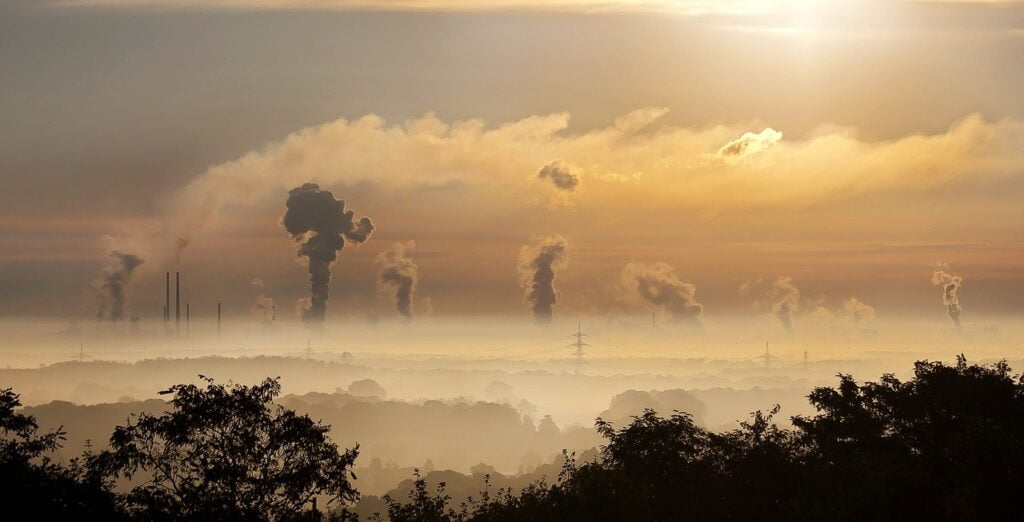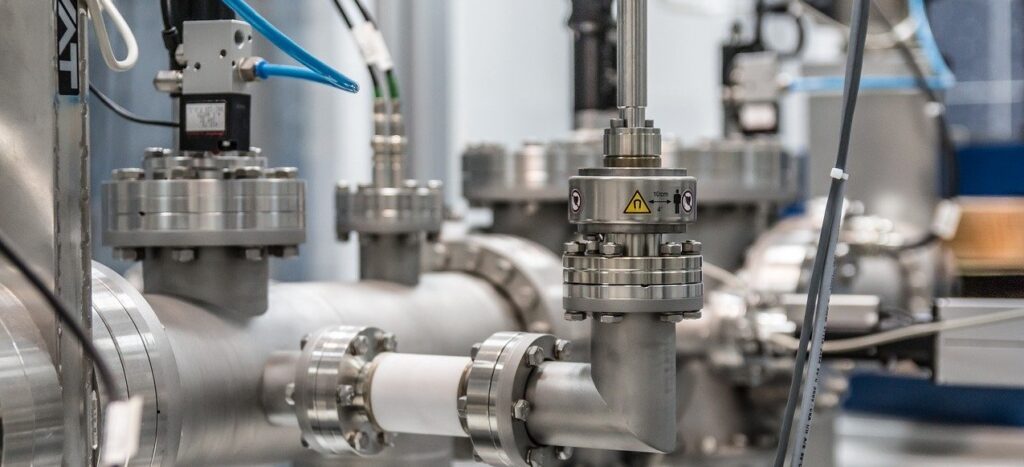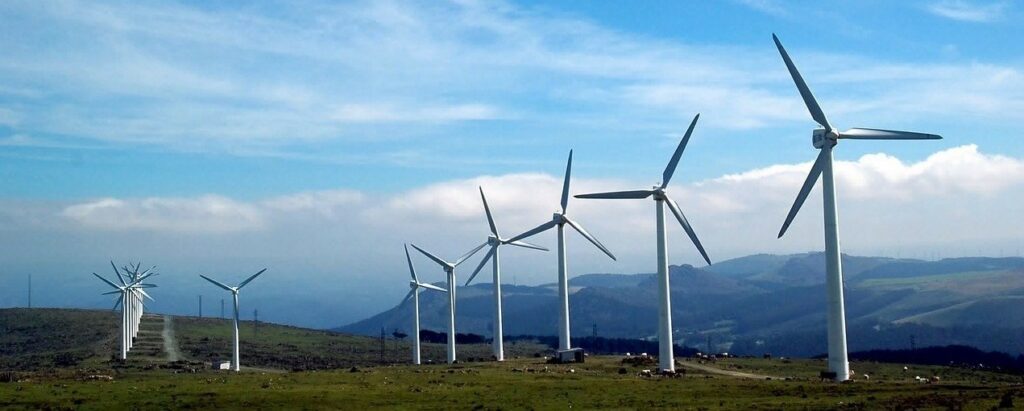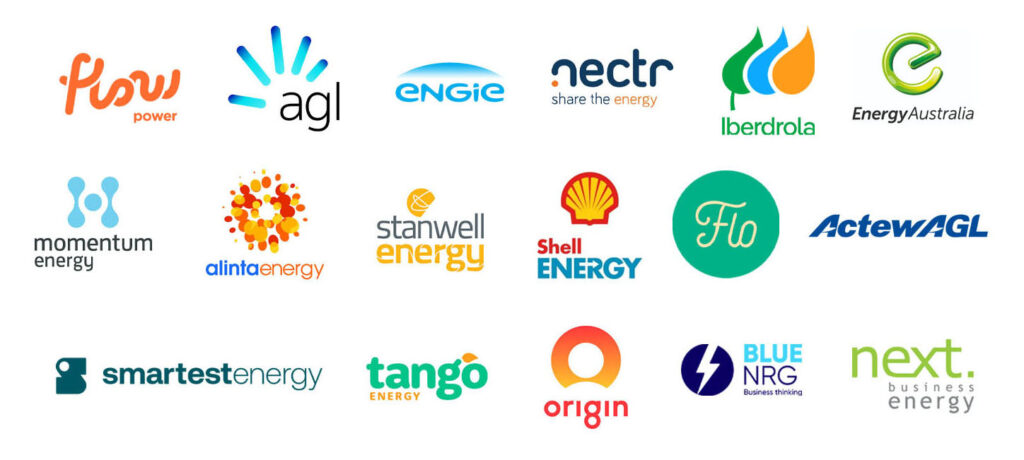Green hydrogen has long been touted as a fuel for the future because it is abundant, cheap and burns cleanly, but it does pose some challenges.
Hydrogen is difficult to transport and over time, it makes pipelines brittle due to its temperature. It is also 20 times more explosive than petrol.
The image of the burning Hindenburg Zeppelin in 1937 is a stark enough reminder of how dangerous the gas is.
But in recent times, billions of dollars have been poured into the research and development of Green Hydrogen.
The European Union plans to invest $740 billion into the industry by 2050 and US President Joe Biden is steering his country’s energy transition towards a greener future.
Western Australian mining giant Andrew Forrest has announced plans to invest billions in green hydrogen.
He has announced intentions to build an 850 MW single-unit Port Kembla Green Hydrogen power station.
The Federal Government has backed the idea, but the independent Energy Operator is opposed because the size of the single unit could pose a risk to system security if it broke down.
Most individual units in existing coal power plants have a capacity of 650MW.
The Hydrogen rainbow
- Brown hydrogen – Burning coal and emissions are released into the air
- Grey hydrogen – Burning natural gas and emissions are released into the air
- Blue hydrogen – Burning natural gas and emissions are captured using carbon capture and storage
- Green hydrogen – Electrolysis powered by renewable electricity.
Why is traditional hydrogen production so polluting?

Hydrogen is the most plentiful element in the universe, but on planet Earth, it is not found in its pure form. It must be separated from other elements, which requires a tremendous amount of energy to do.
Hydrogen is found in water, which is two parts hydrogen and one part oxygen. It is also found in fossil fuels.
Releasing hydrogen from fossil fuels is relatively simple. One way to release hydrogen energy is to burn fossil fuels, one of the most polluting activities on earth.
Another way is by using the steam methane reforming process. Natural gas reacts with steam at an elevated temperature to produce carbon monoxide and hydrogen.
Additional steam then reacts with the carbon monoxide to produce additional hydrogen and carbon dioxide. The downside, of course, is that the process is incredibly polluting with massive CO2 emissions.
So what is Green Hydrogen and how is it clean?

Technological advances have created a clean way to produce hydrogen through electrolysis.
This process involves passing a very strong electric current through water which splits the molecule into its two formative elements, hydrogen, and oxygen.
In the chemical reaction, hydrogen atoms pair up, as do the oxygen atoms. The oxygen produced is of course a useful byproduct that can be bottled and used elsewhere.
If the plant is powered by renewable energy from solar or wind farms, it makes the carbon footprint of Green Hydrogen almost negligible.
If this production model is adopted, the production of green hydrogen can also help soak up the excess daytime generation that causes the duck curve.
The duck curve phenomenon occurs when electricity demand drops off dramatically in the afternoon due to abundant solar flooding the grid. Demand then surges when people get back from work and the sun goes down.
Conventional hydrogen costs about $2 per kilogram while green-based hydrogen is around double the price.
However, just like solar and energy storage batteries, the cost of electrolysers is also falling fast as investment and take up piles in.
An Australian National University report last year estimated that Australia could currently produce clean hydrogen at about $3.18-3.80 per kg and at $2 per kg by the end of the decade.
Tim Buckley, an energy market analyst from the Institute for Energy Economics and Financial Analysis (IEFA), predicts green hydrogen prices will drop 70 percent in the next decade in countries with cheap renewable power.
How can green hydrogen be used?

Put simply, the main uses of hydrogen can be burned to produce heat and energy to power turbines and create electricity or to create fuel cells.
But it can also be used for other activities such as
A 2018 CSIRO report outlines several practical ways hydrogen technology can be used:
- Hydrogen fuel cells in electric cars and trucks;
- Container ships powered by liquid ammonia made from hydrogen;
- Green steel refineries burning hydrogen as fuel instead of coal;
- Hydrogen-powered electricity turbines;
- A substitute for natural gas for cooking and heating in homes;
- Hydrogen exports.
Potential demand for Green Hydrogen
Investment firm Goldman Sachs estimates that Green Hydrogen could end up supplying up to 25 percent of the world’s energy and become a $13 trillion market in the long term.
The potential demand for hydrogen imports by China, Japan, South Korea, and Singapore alone could reach $9.5 billion by as soon as 2030.
Obstacles to Green Hydrogen production

Obstacles to Green Hydrogen production as an energy source remain, however. Like any other gas, hydrogen can be compressed and stored in tanks.
But the volume of hydrogen is much larger and is four times as much as natural gas.
When Green Hydrogen is produced, it must be compressed to 700 times atmospheric pressure and must be refrigerated at minus 253 degrees Celsius, which is close to absolute zero.
These processes could add anywhere between 60 cents to $7 per kilogram produced, impacting its competitiveness.
Hydrogen also has a tendency to break standard existing pipe infrastructure. This is because when it is compressed, its atoms are so tiny that they can slip through standard solid steel.
This means that existing natural gas pipelines would not be easily converted to pump hydrogen.
One solution to these problems is to convert hydrogen into ammonia, which can be relatively cheaply stored under pressure or refrigerated as a liquid at -33C at normal atmospheric pressure.
The ammonia would then need to be converted back into hydrogen and energy is lost in the process.
Appliances that run on natural gas would also need to be replaced or converted to use hydrogen.
What is Australia doing about Green Hydrogen?

In addition to Andrew Forrest’s Port Kembla hydrogen project, there are several projects that could lend to the viability of Green Hydrogen production.
Once completed, the $51 billion Asian Renewables hub in the Pilbara region plans to produce 26 Gigawatts of wind and solar, which is more than all of Australia’s coal-fired power plants put together.
This could open up opportunities for Green Hydrogen production.
The Pilbara also produces iron ore and with abundant hydrogen as a fuel source, Green Steel could be another opportunity.
Origin Energy and Japan’s Kawasaki Heavy Industries are working on a green liquid hydrogen export project in Townsville.
The South Australian Government has launched a $240-million project to build the largest green ammonia plant in the world.
The government has partly funded a trial to produce “blue hydrogen” from coal in Victoria’s Latrobe Valley, then ship it to Japan.
In May last year, the Government announced the Clean Energy Finance Corporation would administer a $300-million Advancing Hydrogen Fund.
It also introduced amendments to allow the Clean Energy Finance Corporation to invest in technologies such as natural gas and carbon capture.
As with any technology, the feasibility of producing renewable hydrogen will very much depend on price. But as we have seen, where there is a business interest, technological advances will follow.
Receive updates on game-changing technology in the energy sector
We hope this article has properly explained what green hydrogen is and how its development may affect the energy sector in Australia. To get updates on this and other relevant topics, subscribe to Leading Edge Energy’s Newsletter for electricity market updates, tips on saving your business electricity, and other energy-related news.
To speak to an Energy Expert about finding opportunities to save your business money on electricity, contact us here.















